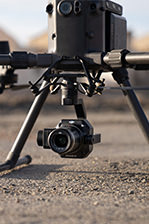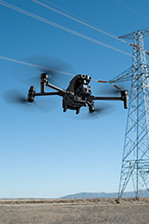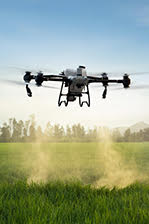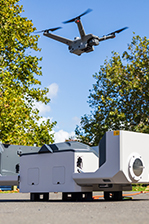The Complete Pathway to Using an Agricultural Spray Drone
Agricultural spray drones are becoming increasingly popular in New Zealand, offering precise and effective solutions for a range of tasks, including crop spraying and seeding application. However, operating these drones requires compliance with Civil Aviation Authority (CAA) regulations, as well as specific training and certification.
If you are considering purchasing or have already bought an agricultural spray drone such as the DJI Agras T50 or Agras T25, it is crucial to understand the necessary steps for training and certification to legally operate your equipment.
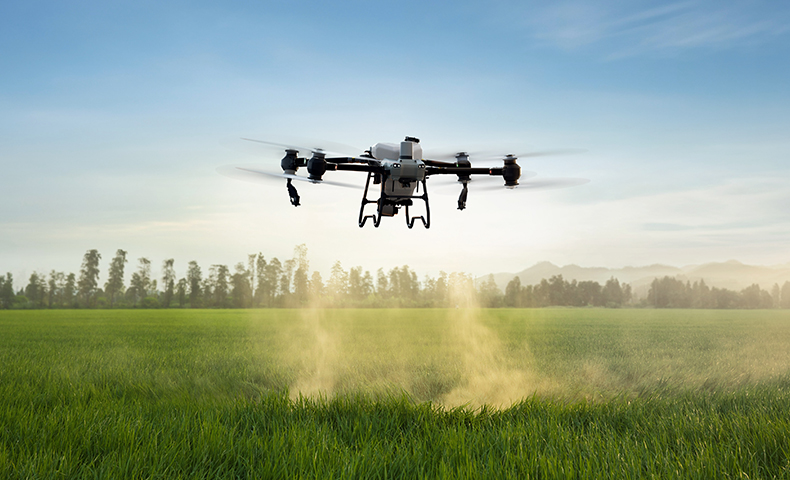
Before you fly – key requirements
While the Agras T50 and T25 are game changers in the aerial agriculture management space, the process to safely operate them in New Zealand takes a little more than simply turning on the controller and taking to the air.
Part 102 Exposition
The first thing to know is that, because these drones weigh over 25 kg and will be spraying chemicals, you will need Part 102 Certification to operate a spray drone in line with CAA requirements. For this certification you will require an organisational 102 exposition – this document contains your operating manual, showing how your organisation has identified the hazards and risks of your operation, and the ways you will mitigate those risks.
Part 102 Advanced Drone Pilot Certificate
Next, your drone pilots will need to complete a Part 102 Advanced Drone Pilot Certificate – a three day course that is essential for any pilots of a Part 102 certificated organisation that will be operating within 4km of an aerodrome. The three days are divided as follows:
- Day 1: classroom-based 101 theory and a written open book test
- Day 2: classroom-based 102 theory and a written open book test
- Day 3: practical flight exam
In addition to being able to fly a drone with a gross mass greater than 25 kg, operation within 4km of an aerodrome, and dispensing agrichemicals, the Part 102 certification also allows you to fly at night, operate in low flying areas, and fly beyond visual line of sight.
Additional Training
Once you have completed your Part 102 certificate and passed your flight assessment on any sized drone, there are some additional training courses and assessments we recommend before you operate your Agras spray drone.
- Manufacturer Agras Flight Training and Maintenance Training: a 2-day course run by Ferntech, designed to give you product-specific operation and maintenance training for your Agras drone
- Precision Agriculture Training: a 1-day course run by Ferntech, focused on precision mapping operations with a Mavic 3 Multispectral – this can be added to the above training to make it a complete 3-day course
- OCA Operational Competence Assessment: once you have practiced with your Agras drone, you can complete this flight test to show that you can manually operate and control a drone weighing over 25 kg
Beyond the above, you will also need to complete an Aerial Pilot Chemical Rating Course provided by a third party, as well as complete Practical Spray Training from a NZ CAA-approved Agriculture Flight Instructor. This is usually 2-3 hours of theory and a full day in the field with practical training.
The faster track to agricultural spray drone operation
The biggest bottleneck to getting fully operational with any Agras spray drone in New Zealand is the wait time of 12-18 months for CAA to approve your P102 exposition. If you want to get flying quicker you can be inducted and work under another organisation's Part 102.
We’ve partnered with DroneMate, one of the first commercial drone operations established in New Zealand. They’ve pioneered a solution that gives new spray drone users a complete pathway to get trained, certified, and operationally ready within weeks. By utilising a digital exposition on the FlyFreely platform, they can quickly onboard new organisations onto their Part 102 certificate.
‘The Road to Drones’ service offered by DroneMate facilitates all aspects of the training, certification, and regulatory compliance process through its own means and network of trusted partners.
With current CAA wait times 12-18 months for new exposition applications, this service gives you a head start and gets you operating within weeks. You'll have the flexibility to transition to your own exposition once it is approved by the CAA, or continue to have DroneMate oversee your Part 102 operations.
The below flow chart covers the various aspects The Road to Drones service covers – visit www.dronemate.co.nz/spraydroneoperations to get started with your agricultural spray drone.
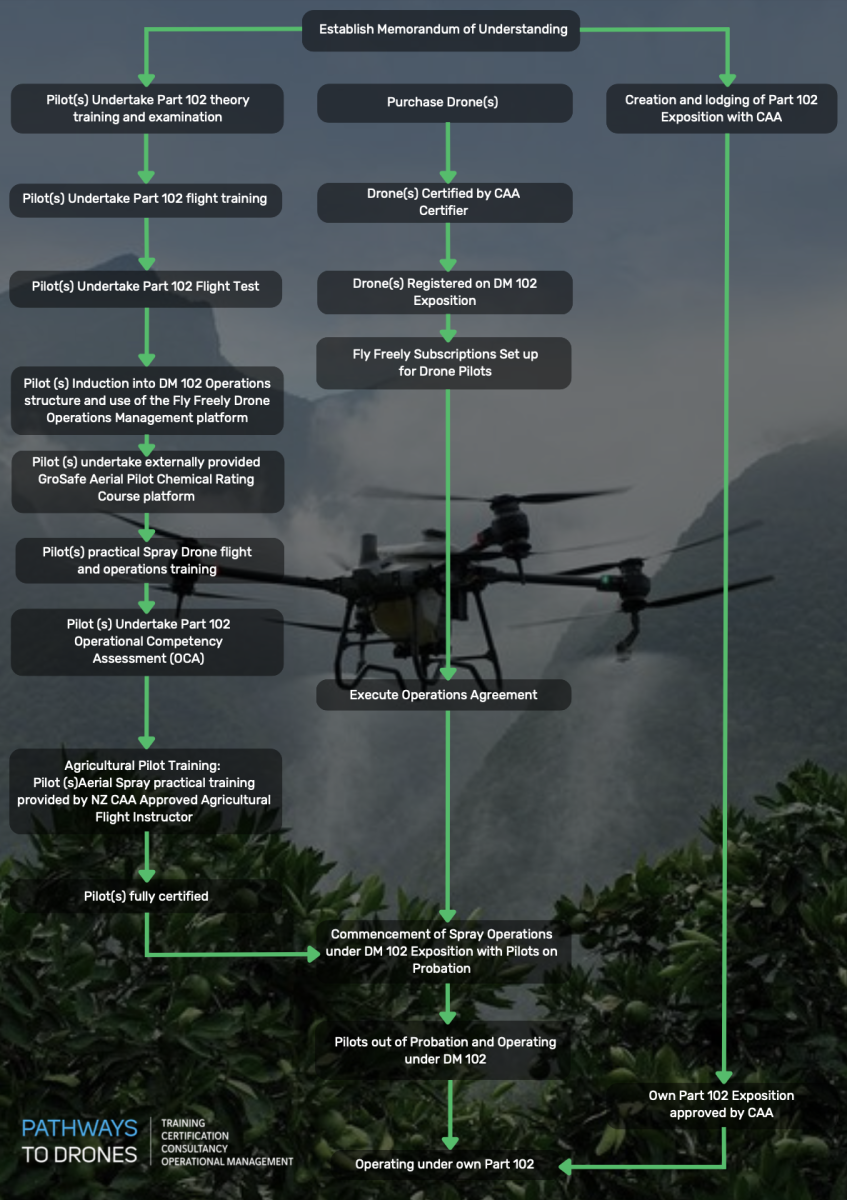
SPEAK WITH A SPECIALIST
Contact our team today to discuss the right solution for you.









